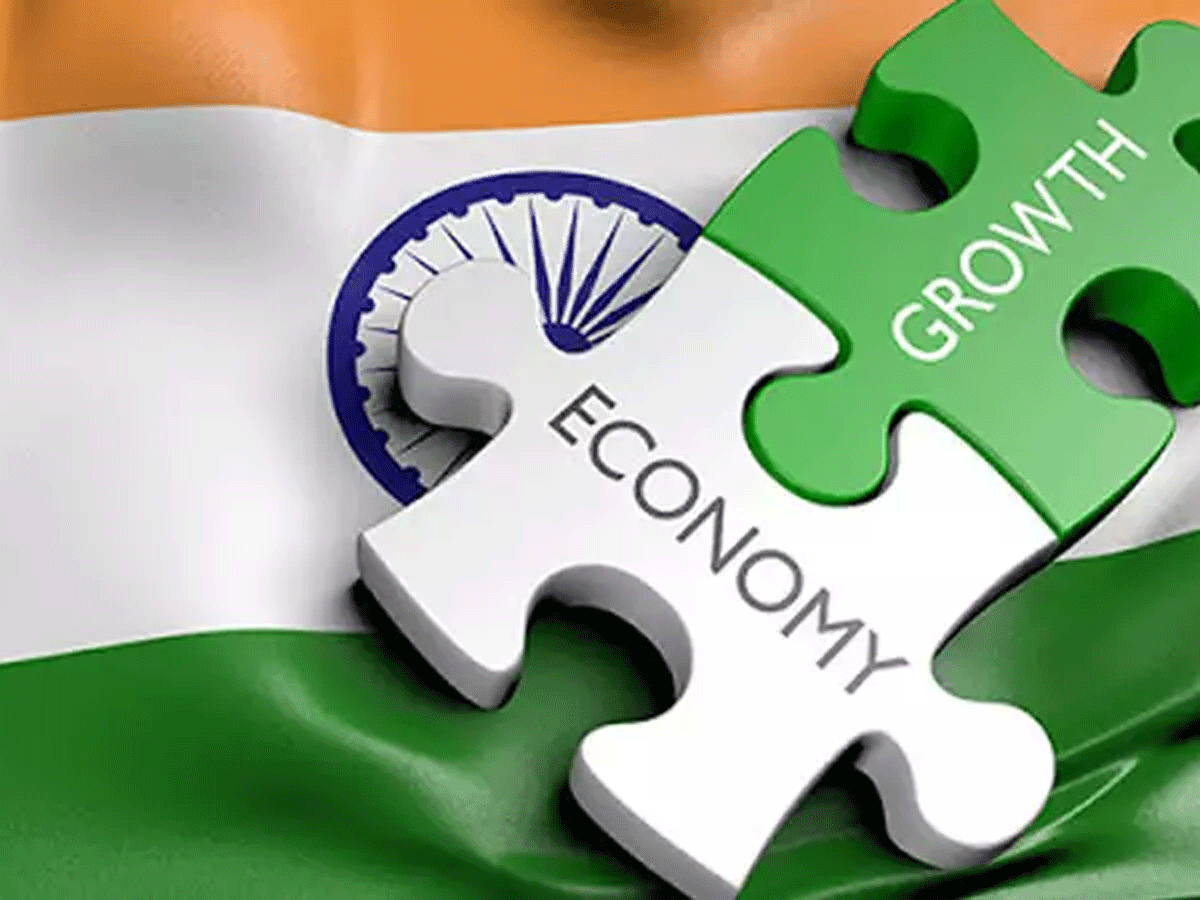
Whether Inflation is desirable for Economics
- नवम्बर 14, 2022
- 0
Weak purchasing power of money is precisely called inflation. Inflation is a burning issue across the world in the current macroeconomic scenario, given the geopolitical crisis, supply-chain disruptions, trade restrictions, volatile exchange rates and the post-pandemic effects.
Central banks of various developing economies began to raise interest rates as part of their monetary policy to control inflation and balance it with economic growth.
Given the gravity of the economic issue due to challenging inflation, not only the nation but also the citizens have to consider protecting their ‘pockets’. ‘Pocket’ refers to the personal financial assets of the people and the national wealth of the country.
Rising inflation not only affects the economy but also the common people, it silently enters our pockets and eats away hard earned money.
This raises a dangerous question: ‘How to protect wallets?’ We should address this pertinent question in two ways: 1) Savings: Ways to Save Money, and 2) Ways to Increase Money Increasingly.
The ‘enemy’ should know before fighting the war. The same is true in the case of inflation. Keeping an eye on the inflation data, we get to know the position of the currency.
Generally RBI raises interest rates to control inflation. This means an increase in the interest on the loan on the one hand, and an increase in the interest earned on savings in the bank on the other.
By its very nature, inflation depreciates the real value of money in hand. For example, if the bank’s savings interest rate is around 3% and the inflation rate is around 6%, the ‘real’ interest rate would be -3 percent.
This means that the pace of growth of our money in the bank does not match the rate of depreciation of money in the market and thus devaluation of money. In other words, if the return on investment is low, we are losing money.
In the matter of inflation, judicious decisions taken at the micro level can certainly help in controlling inflation at the macro level.
Inflation is not always the villain. Rather, inflation at a moderate level is desired across economies, especially in developing economies. This is necessary to encourage producers, attract investment and thus drive the economy.
Hence judicious control over inflation helps the nation as well as the citizens to protect the pocket and increase it permanently.
Swapnil Soni
क्या अर्थव्यवस्था के लिए महंगाई वांछित है
पैसे की कमजोर क्रय शक्ति को सटीक रूप से मुद्रस्फीति कहा जाता है। वर्तमान व्यापक आर्थिक परिदृश्य में भू-राजनीति संकट, आपूर्ति-श्रृंखला में व्यवधान, व्यापार प्रतिबंधों, अस्थिर विनिमय दरों और महामारी के बाद के प्रभावों को देखते हुए मुद्रास्फीति दुनिया भर में एक ज्वलंत मुद्दा है।
विभिन्न विकासशील अर्थव्यवस्थाओं के केंद्रीय बैंकों ने मुद्रास्फीति को नियंत्रित करने और इसे आर्थिक विकास के साथ संतुलित करने के लिए अपनी मौद्रिक नीति के रूप में ब्याज दरों में सुधार करना शुरू किया।
चुनौतीपूर्ण मुद्रास्फीति के कारण आर्थिक मुद्दे की गंभीरता को देखते हुए न केवल राष्ट्र बल्कि नागरिकों को भी अपनी ‘जेब‘ की रक्षा करने पर विचार करना होगा। ‘जेब‘ का तात्पर्य लोगों की व्यक्तिगत वित्तीय संपत्ति और देश की राष्ट्रीय संपत्ति से है।
बढ़ती मुद्रास्फीति का असर न सिर्फ अर्थव्यवस्था पर पड़ता है, बल्कि आम लोगों पर भी पड़ता है, यह चुपचाप हमारी जेब में प्रवेश करती है और गाढ़ी कमाई को खा जाती है।
यहां एक खतरनाक सवाल उठाता हैः ‘जेब की रक्षा कैसे करें?‘ हम इस प्रासंगिक प्रश्न को दो तरीकों से संबोधित कर सकते हैंः 1) बचतः पैसे बचाने के तरीके, और 2) बढ़तः पैसे बढ़ाने के तरीके।
युद्ध लड़ने से पहले ‘दुश्मन‘ को जानना चाहिए। मुद्रास्फीति के मामले में भी यह सच है। मुद्रास्फीति के आंकड़ों पर नजर रखने में हमें मुद्रा की स्थिति पता चलती है।
आम तौर पर आरबीआई मुद्रास्फीति को नियंत्रित करने के लिए ब्याज दरें बढ़ाती है। इसका अर्थ है कि एक ओर कर्ज के ब्याज में वृद्धि, वही दूसरी ओर बैंक में बचत पर अर्जित ब्याज में वृद्धि।
अपने स्वभाव से, मुद्रास्फीति हाथ में पैसे के वास्तविक मूल्य का ह्रास करती है। उदाहरण के लिए यदि बैंक में बचत ब्याज दर लगभग 3 प्रतिशत है और मुद्रास्फीति की दर लगभग 6 प्रतिशत है, तो ‘वास्तविक‘ ब्याज दर -3 प्रतिशत होगी।
इसका मतलब है कि बैंक में हमारे पैसे की वृद्धि की गति बाजार में पैसे के मूल्यह्रास की गति से मेल नहीं खा पाती है और इस प्रकार पैसे का अवमूल्यन होता है। दूसरे शब्दों में अगर निवेश पर रिर्टन कम है, तो हम पैसा खो रहे हैं।
मुद्रास्फीति के मामले में सूक्ष्म स्तर पर विवेकपूर्ण ढ़ग से लिए गए निर्णय निश्चित रूप से मैक्रो स्तर पर मुद्रास्फीति को नियंत्रित करने में मदद कर सकते हैं।
महंगाई हमेशा खलनायक नहीं होती। बल्कि मध्यम स्तर पर मुद्रास्फीति, अर्थव्यवस्थाओं में, विशेष रूप से विकासशील अर्थव्यवस्थाओं में वांछित है। यह उत्पादकों को प्रोत्साहित करने, निवेश आकर्षित करने और इस प्रकार अर्थव्यवस्था को चलाने के लिए आवश्यक है।
इसलिए मुद्रास्फीति पर विवेकपूर्ण नियंत्रण राष्ट्र के साथ-साथ नागरिकों को जेब की रक्षा करने और स्थायी रूप से बढ़ाने में मदद करता है।
































































